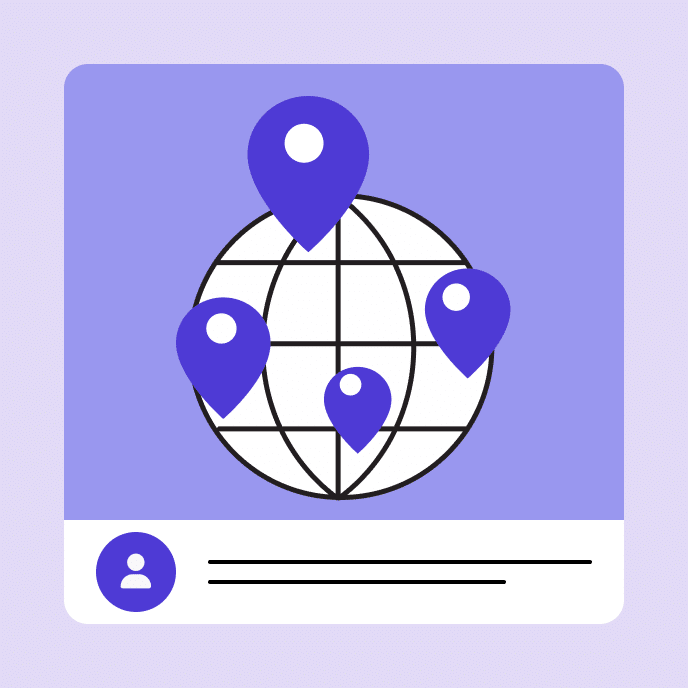Mastering Client Relationships in E-Learning Projects
It’s important to strike a balance between customer demands and effective instructional design principles. This is how to do it well.

How to overcome a common challenge
When it comes to creating e-learning courses, striking the right balance between customer demands and effective instructional design can be quite the challenge. Often, customers have clear ideas about their need for training.
While it’s crucial to listen and respect their ideas—after all, they own the course—it can sometimes lead us astray because not all of their needs are training needs. And even if they are, their ideas may be wrong.
Early in my career, I found myself allowing customer requests to override my professional judgment. Their specific ideas sometimes clashed with best practices for effective learning experiences. Lacking confidence in my expertise at that time meant projects occasionally veered off-course.
It’s not always easy finding the balance between client expectations and delivering a great training experience. It usually starts with expectations and how much they trust your input.
Let’s dive into a few tips to help.
Make a commitment to exceed expectations
In previous posts we reviewed how to steer your customers towards building the right type of training courses and how to build better courses by aligning the objectives to the right metrics. Those are good tips. But one of the key tips is to exceed expectations.
I have this little card in my wallet that’s been with me for almost 30 years. It simply states: “Always maintain a ‘service-first’ attitude. Make it a rule in everything you do to give people more than they expect to get.”
I kept the card because I saw it as a guiding principle in how I’d work with others. It reminds me that doing a good job means going above and beyond what’s expected. This not only impacts the work we deliver but it’s key to how we build work relationships and establish lasting impressions which are difficult to change if the initial impression wasn’t positive.
Key point: Exceeding expectations makes you a valuable partner in your client’s success.
Be the expert
There’s always some tension between a client and a training consultant. I find this mostly happens because they already have an idea about what training should be and are just asking you to build it.
But you can manage this tension by instilling confidence in your skills. When clients perceive you as an expert, they’re much more likely to trust your suggestions and recommendations. Give them a reason to trust your expertise.
Show them that you’re knowledgeable by sharing relevant experiences, offering insightful advice, and demonstrating a clear understanding of their needs. By doing so, they’ll feel comfortable relying on your expertise.
Key point: When clients see you as capable, they’ll have every reason to follow your lead.
Be a good listener
Want to build strong relationships with the customer? Become a good listener. There are many times I’ve been in meetings where I know the client is wrong. When this happens I can tend to tune out, waiting for my opportunity to respond.
Instead of rushing to advocate your own position, take a step back and be an attentive listener. Show genuine interest by asking thoughtful questions that delve into your client’s needs and what they hope to accomplish. This approach not only helps you understand them better but also demonstrates your commitment to their success, solidifying your expertise in the process.
Key point: People appreciate when they feel heard and understood – it’s the foundation of building strong relationships and establishing expertise.
Being seen as a valuable partner involves more than just presenting solutions. Often success depends on you how you build the relationship with your customers.
Remember these three strategies to manage client relationships
Keep these points in mind:
- Exceed expectations so they see your value
- Be the expert so they trust you
- Listen to them so they know you’re aligned
By embracing these points, you’ll build a lasting impression and successful training partnership. This is important for the immediate project but even more important for what you’ll do with them later.
You may also like

4 Ways To Create Online Courses Without an L&D Team
No L&D team? It’s going to be OK. Learn four ways to create online courses for employee training—even if you don’t have formal instructional design expertise.

